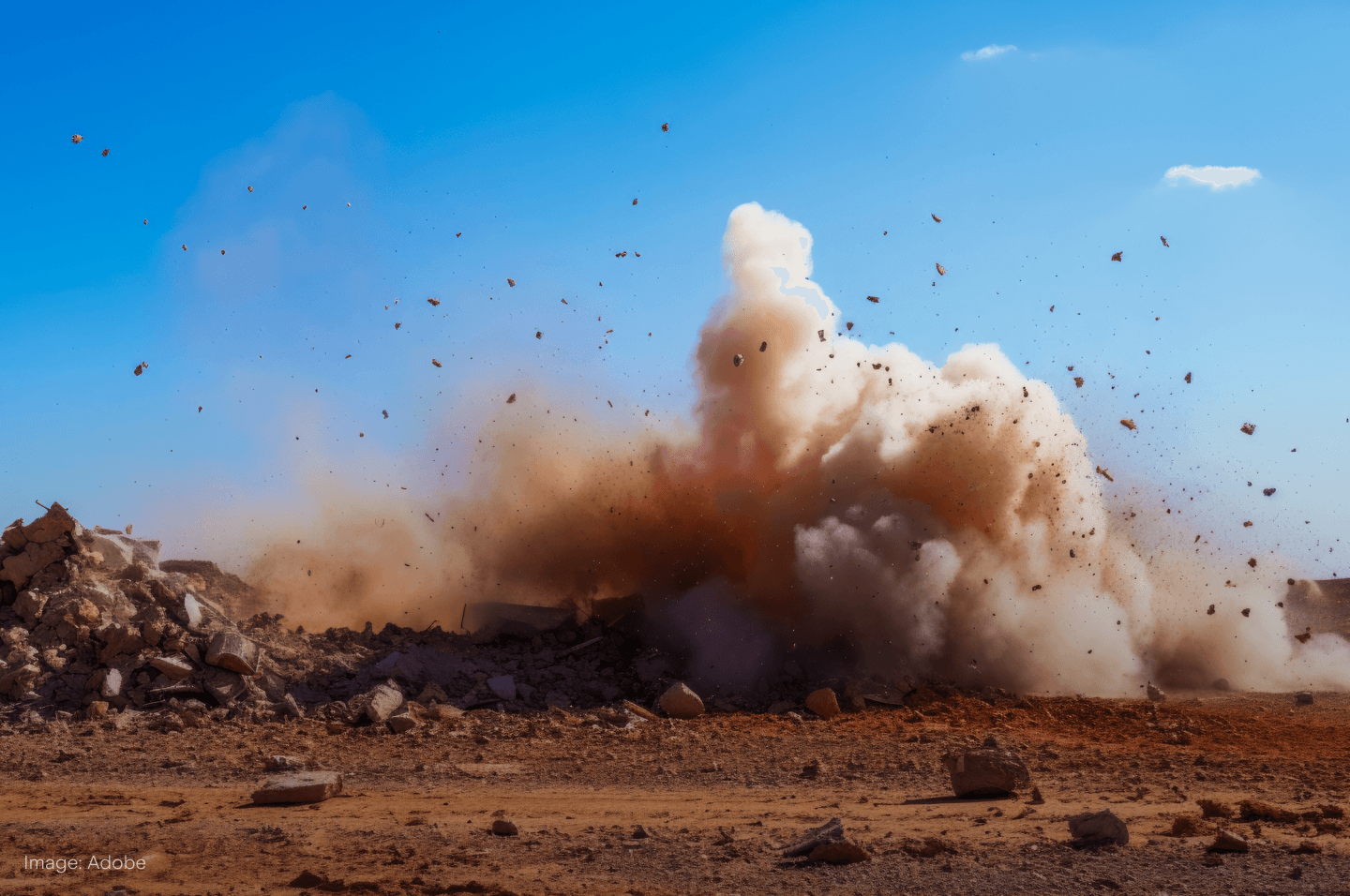.png&w=3840&q=100)
Under the Spotlight AUS: Rio Tinto (RIO)
Rio Tinto is one of the world’s largest miners and is betting on a bright future for lithium. Let’s put it Under the Spotlight.
.png&w=3840&q=100)
Rio Tinto ($RIO) CEO Jakob Stausholm told investors at one of the mining industry’s biggest conferences in May that he ‘wasn’t afraid of M&A.’
It didn’t take him long to prove it. Five months later, Arcadium Lithium ($LTM) is being acquired for US$6.7b, elevating Rio Tinto to a leading producer of a key mineral used in electric vehicles and batteries.
Stausholm was brought in as a changemaker after the 2020 destruction of rock shelters at Juukan Gorge by Rio Tinto’s iron ore business. One of the darkest episodes since its founding in 1873 led to the exit of the CEO and Chair from the miner.
He’s brought change by bulking up the company’s portfolio – which includes copper – to provide metals vital to the energy transition. Lithium offers a source of growth as China’s property slump casts a shadow over its flagship iron ore business, reflected in a 13% fall in its shares this year.
.png&w=3840&q=100)
Charging up
Build or buy is a perennial debate in mining. Rio Tinto has decided the buy route is the fastest and potentially cheapest to build scale in lithium.
Arcadium appeals because it’s an integrated lithium producer. It owns both brine and spodumene resources, as well as processing facilities that make products like battery-grade lithium hydroxide. Alongside lithium assets in Argentina and Serbia, Rio Tinto will have a resource base of 43m tonnes of lithium carbonate equivalent (LCE). Arcadium also has relationships with car makers like Tesla ($TSLA) and Toyota ($TM).
Lithium prices are down 80% from their highs due to ample supply, and Rio Tinto argues this counter-cyclical acquisition will pay off in the long term. Lithium demand is forecast to rise at an average annual rate of 10% to 2040 as electric vehicles and battery storage use grows.
The demand story is well known, yet other big miners have avoided a big bet on lithium. In 2022, that same conference run by Bank of America ($BAC) saw BHP CEO Mike Henry downplay interest in lithium on concerns about abundant supply and the long-term shape of the cost curve. Some analysts have concerns Rio Tinto’s funding of Arcadium’s capacity expansions will add more supply and keep prices low.
So why does Rio Tinto think it can make it work? Firstly, Arcadium’s assets have long lives and low costs. The assets have delivered a 40% EBITDA margin even at the bottom of the cycle. Finally, the lithium cost curve is similar in steepness to the copper cost curve. Given Arcadium’s assets are well positioned on the curve, they should be able to deliver profits across the cycle.
Rio Tinto shareholders will hope the company’s lithium ambitions work out better than past deals. Acquisitions of Alcan and Riversdale Mining led to a US$14b writedown in 2013, and cost the CEO his job. Stausholm will underscore the case for lithium at a 4 December investor seminar in London.
.png&w=3840&q=100)
Iron deficiency
The optimism about lithium can’t disguise the challenges confronting Rio Tinto’s biggest business: iron ore. It accounted for US$8.8b of Rio Tinto’s underlying EBITDA of US$12.1b in the first half.
China’s property slump is stoking debate over whether its steel production has peaked. China produces around one billion tonnes of steel a year. Beijing’s attempts to stimulate demand through interest rate cuts, lower home down payments and developer funding have failed to boost sentiment.
Rising inventories in China have depressed iron ore prices. After rallying to US$110 a tonne earlier this month, iron ore is hovering around US$100 a tonne – down from above US$140 at the start of the year. Stake flagged the end of the golden age for iron ore in our Under the Spotlight on BHP ($BHP). Rio Tinto remains on track to ship between 323m and 338m tonnes this year.
If low prices aren’t bad enough, the miner is selling more lower grade ore. Rio Tinto’s 62% grade Pilbara Blend has long been the industry’s price benchmark. But reserves are running low after years of mining high grade reserves. This is forcing it to ship more lower grade SP10 ore. This is mixed with high grade ores for use by steelmakers. SP10, which accounted for 19% of shipments in Q3, sells at a lower price because of its lower iron content.
While the company is investing in higher grade replacement mines in Australia – like Western Range – and its Simandou mine in Guinea, investors have been warned that SP10 levels will be ‘elevated’ until the replacement mines are delivered. These replacement mines are key to medium-term plans for annual production of 345m to 360m tonnes.
.png&w=3840&q=100)
Mine craft
Stausholm is reshaping Rio Tinto as a leading provider of minerals to the energy transition.
But as he brings in the new, he must ensure the trusty old legacy iron ore business continues to generate the cash needed to fund change. The pressure is on him to deliver the change that really counts for investors: a stronger share price.
This does not constitute financial advice nor a recommendation to invest in the securities listed. The information presented is intended to be of a factual nature only. Past performance is not a reliable indicator of future performance. As always, do your own research and consider seeking financial, legal and taxation advice before investing.
.png&w=3840&q=100)
